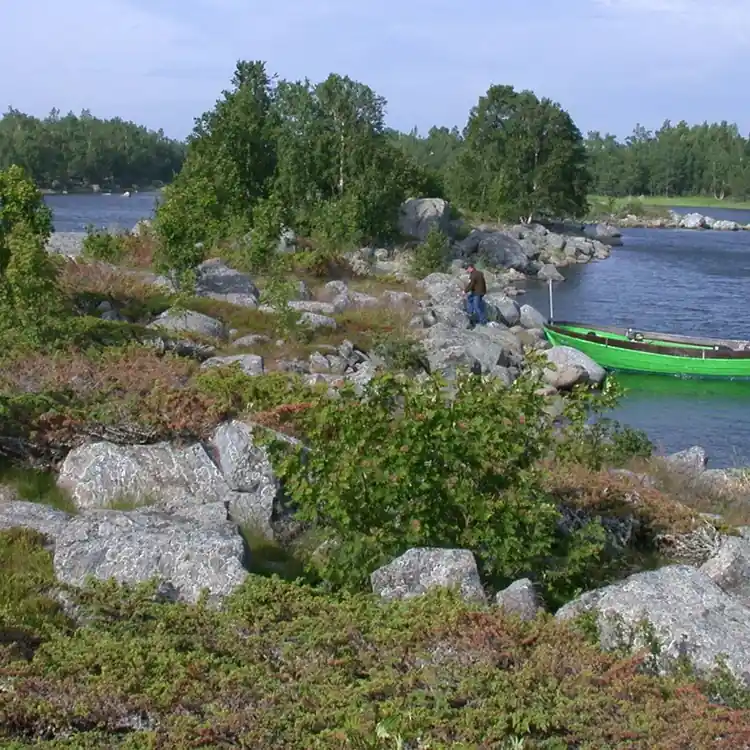Страна:
Регион:
Значение:
Время визита:
Описание:
The Kvarken Archipelago (Finland) and the High Coast (Sweden) are situated in the Gulf of Bothnia, a northern extension of the Baltic Sea. The 5,600 islands of the Kvarken Archipelago feature unusual ridged washboard moraines, &lsquo,De Geer moraines&rsquo, formed by the melting of the continental ice sheet, 10,000 to 24,000 years ago. The Archipelago is continuously rising from the sea in a process of rapid glacio-isostatic uplift, whereby the land, previously weighed down under the weight of a glacier, lifts at rates that are among the highest in the world. As a consequence islands appear and unite, peninsulas expand, and lakes evolve from bays and develop into marshes and peat fens. The High Coast has also been largely shaped by the combined processes of glaciation, glacial retreat and the emergence of new land from the sea. Since the last retreat of the ice from the High Coast 9,600 years ago, the uplift has been in the order of 285 m which is the highest known “rebound“. The site affords outstanding opportunities for the understanding of the important processes that formed the glaciated and land uplift areas of the Earth“s surface.
Категории:
Метки:
Зачем посещать:
Физподготовка:
Доступ:
Roads:
Open:
Info:
Clothing:
Seasonable
Connection:
Ok
- Unadsdalur Church
- Мошенничество с Istanbulkart: чего следует остерегаться туристам
- Island
- Lifehacks for buying airline tickets
- Finland
- Ecuador
- Morocco
- Bolivia
- Glorious sea — sacred Baikal
- Moab
- Pura Vida on the Road: the nuances of traveling Costa Rica
- Shakira — Waka Waka (This Time for Africa)
- Lithuania
- How to Get Around Australia
- Chile
- Ratmanov Island
- Bosphorus
- And in Africa the mountains are this high
- From trauma healers to in-house psychologists, hotels are increasingly catering to travellers’ mental health
- Indonesia

 United States
United States